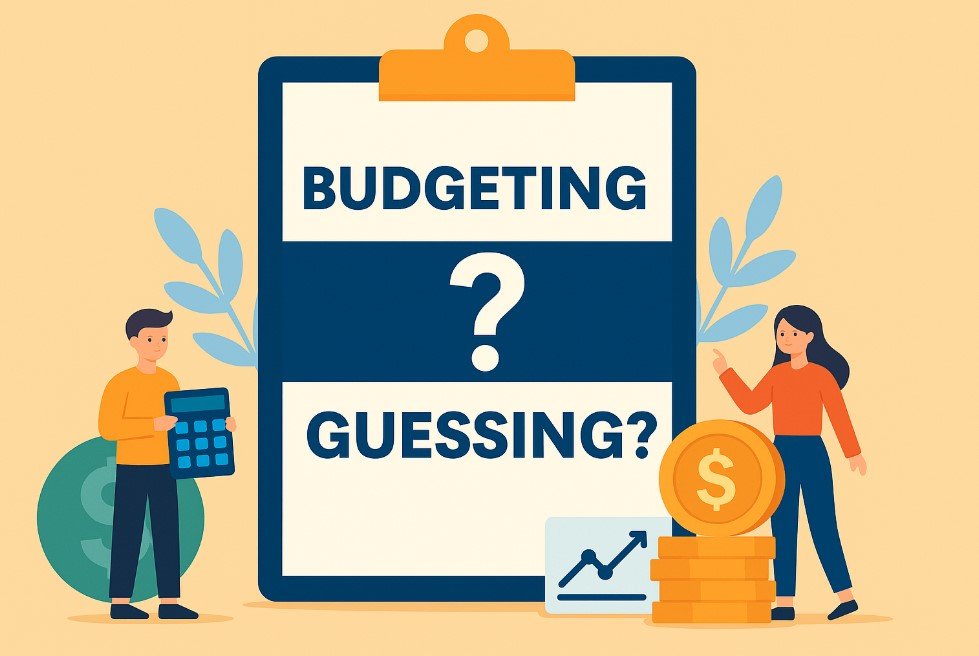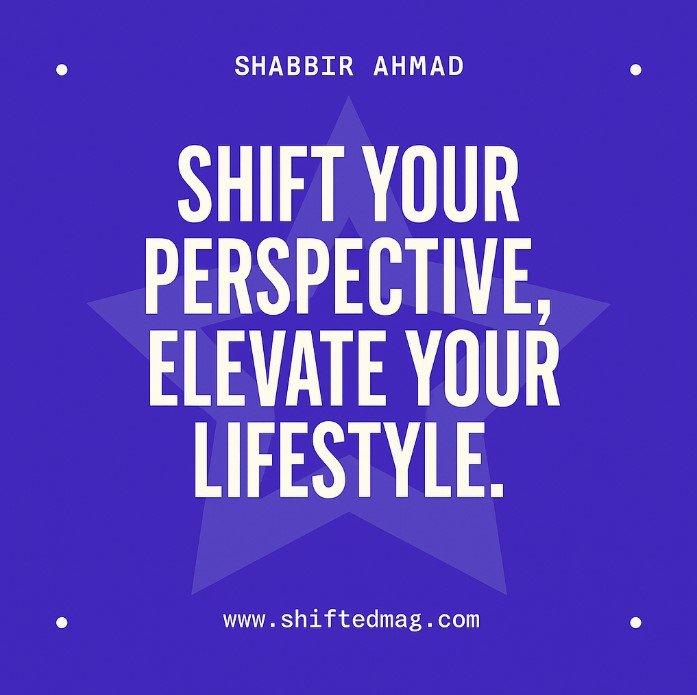Finance
Are You Budgeting or Just Guessing? Let’s Fix That

Let’s be honest: budgeting sounds responsible, but in reality, a lot of us are just guessing. Maybe you have a rough idea of how much you make and what you spend. You might even have a number in your head for rent, groceries, and gas. But unless you’ve written it all out, tracked it, and reviewed it regularly, you’re not budgeting; you’re estimating.
And that’s okay. Most people start there. What matters is taking that next step from guessing to gaining control. Because once you get intentional about your money, everything gets easier. You stop feeling stressed when bills are due, you build savings without even noticing, and you make smarter choices without second-guessing them.
The good news? You don’t need fancy spreadsheets or a finance degree. You just need a plan, a few clear steps, and the willingness to get real about your numbers. And it all starts with knowing what those numbers are.
Know Your True Hourly Wage
Before you build a budget, you need to know what you’re working with. Many people look at their annual salary and make decisions based on that number alone. But when you’re managing monthly bills, weekly spending, and daily purchases, that yearly figure doesn’t give you the full picture.
For example, if you’re asking: 50k a year is how much an hour? That’s exactly the kind of question that gets you thinking in real, manageable terms.
Breaking your salary down this way makes your money feel more tangible. If you’re earning $50,000 annually, that comes out to roughly $24 per hour, assuming a 40-hour workweek and 52 weeks a year. But that’s before taxes, insurance, and other deductions. What lands in your bank account is what you should budget from.
Using tools like a salary-to-hourly calculator can help you understand exactly what you’re earning, not just on paper but in practice. This kind of clarity allows you to make better decisions because now, when you spend $30 on takeout, you know that the cost might equal more than an hour of work. Suddenly, budgeting isn’t just about numbers. It’s about value.

Track Your Spending Before You Build a Budget
Once you’ve figured out your actual income, the next step is understanding where your money goes. This part isn’t exciting, but it’s essential. You can’t build a realistic budget without knowing your current habits.
Start by tracking every dollar you spend for one full month. You can use an app, a spreadsheet, or just a notebook. Include everything: bills, subscriptions, snacks, gas, and those impulse buys you forgot about five minutes after making them.
What you’ll notice quickly is that small expenses add up. A $5 coffee here, a $10 food delivery there by the end of the month, they’re not small anymore. Tracking helps you spot the leaks in your budget and figure out what’s necessary versus what’s avoidable.
Once you see the full picture, you’ll know where to adjust without feeling like you’re cutting out everything you enjoy.
Separate Needs from Wants—Honestly
Here’s where budgeting starts to feel real. Once you’ve tracked your spending, you’ll begin to see what you have to spend money on and what’s more flexible.
Your needs are your essentials: housing, utilities, groceries, insurance, transportation, and any minimum debt payments. These are your non-negotiables. Wants include dining out, entertainment, streaming services, travel, and other things you enjoy but could technically live without.
Now, that doesn’t mean you should eliminate all your wants. A budget that cuts out everything fun isn’t sustainable. The goal is balance. Maybe instead of eating out three times a week, you cut back to once and put the savings into a vacation fund or toward debt.
Being honest about your priorities helps you set realistic goals and stick to them.
Build a Simple, Flexible Budget You’ll Use
You don’t need a complicated system with 25 categories to start budgeting. In fact, the simpler your budget, the more likely you are to use it consistently.
Start with just a few broad sections: income, fixed expenses (like rent and insurance), savings or debt payoff, and variable expenses (like groceries, gas, and entertainment). Assign a set amount or percentage to each. A popular starting point is the 50/30/20 rule—50% of income to needs, 30% to wants, and 20% to savings or debt.
What matters most is that your budget reflects your life and goals. It should be something you can check weekly and adjust when needed. Life changes, and so should your budget.
Plan for Irregular Expenses and the Unexpected
One common mistake people make is forgetting about non-monthly expenses. Things like car repairs, holiday gifts, back-to-school supplies, or annual insurance payments can throw off your entire budget if you don’t plan for them.
It is where “sinking funds” come in handy. You set aside a small amount each month for these predictable but irregular costs. For example, if you usually spend $600 on holiday shopping, save $50 a month starting in January.
And don’t forget an emergency fund. That is different from savings for fun things or big purchases. It’s your safety net for job loss, medical expenses, or surprise bills. Even saving $500 to start can give you peace of mind and help you avoid going into debt when life throws a curveball.
Automate What You Can
One of the easiest ways to stick to your budget is to automate parts of it. It reduces the need for willpower and makes consistency effortless.
Start by automating your savings. Set up a recurring transfer to a savings account right after your paycheck hits. This way, saving becomes a priority, not an afterthought. You can also automate bill payments to avoid late fees and automate debt payments to chip away at balances faster.
Many banking apps and financial tools now allow you to set spending limits, track categories, and even send reminders when you’re close to a budget cap. Use these tools to your advantage, especially if you don’t love tracking things manually.
The less you have to think about it day-to-day, the more likely you are to stay on track long-term.
Real Budgeting = Real Freedom
Here’s the truth: budgeting doesn’t mean to restrict. It’s about knowing where your money is going so you can decide where you want it to go. It’s about clarity, intention, and putting yourself back in control.
When you stop guessing and start budgeting, you make better choices with less stress. You can set goals, track your progress, and actually enjoy your money because you know it’s working for you, not against you.
So start simple. Know what you make. Track what you spend. Separate needs from wants. And permit yourself to adjust along the way.
You don’t have to be perfect; you have to be honest. And once you do that, your budget becomes more than a list of numbers. It becomes a tool that helps you build the life you want.
-

 Social Media2 months ago
Social Media2 months agoWhat the “67” TikTok Meme Really Means
-

 Tech2 months ago
Tech2 months agoWhat To Do When Your Business Faces Network Vulnerabilities
-

 Self Improvement2 months ago
Self Improvement2 months agoUsing BCBS Rehab to Access Quality Addiction Care
-

 Games2 months ago
Games2 months agoPusoy Strategies for Play That Also Work in Pusoy Dos in English






